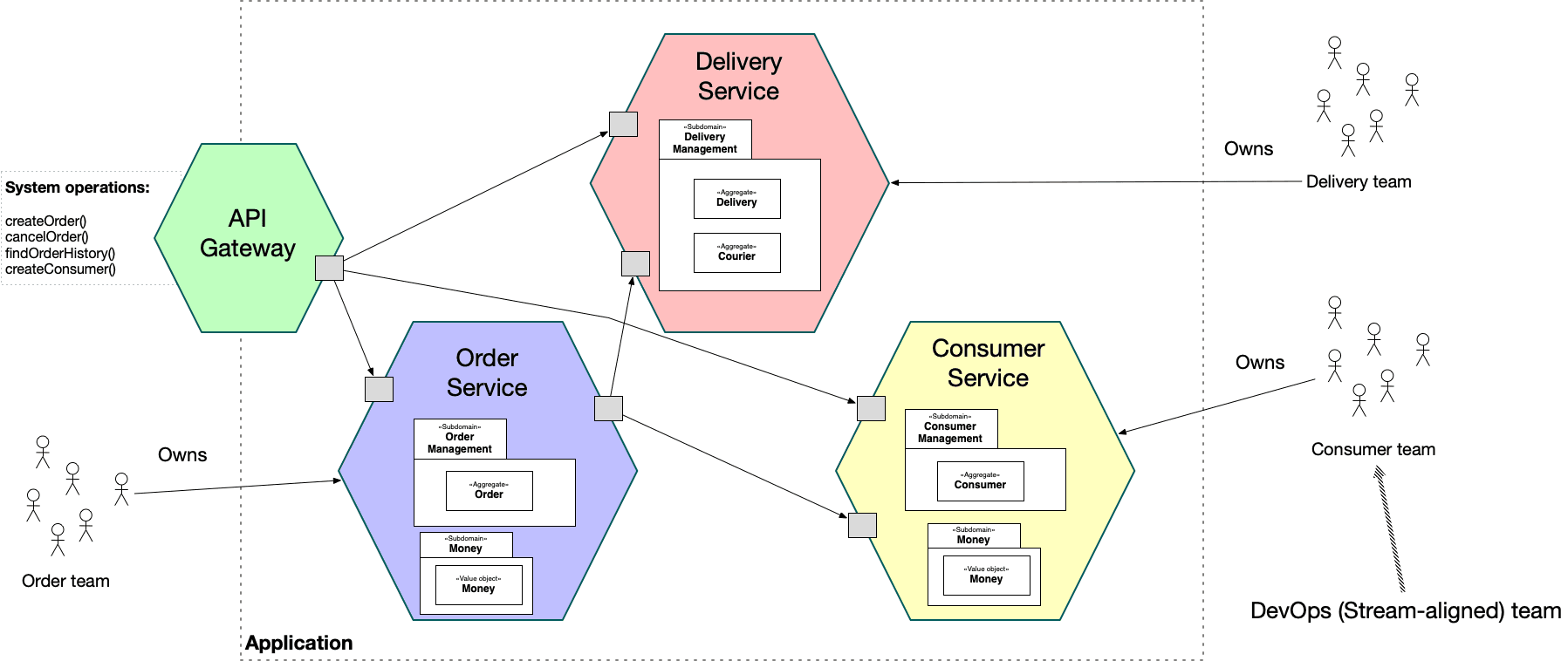Backend Development
January 10, 2025
6 min read
Building Scalable Microservices with Node.js and Docker
G
Gaurav Bhatia
Backend Architect

Building Scalable Microservices with Node.js and Docker
Microservices architecture has become the gold standard for building scalable, maintainable applications. In this comprehensive guide, we'll explore how to design and implement a robust microservices system using Node.js and Docker.
Understanding Microservices Architecture
Microservices architecture breaks down a large application into smaller, independent services that communicate over well-defined APIs. Each service is responsible for a specific business function and can be developed, deployed, and scaled independently.
Benefits of Microservices
- Scalability: Scale individual services based on demand
- Technology Diversity: Use different technologies for different services
- Fault Isolation: Failure in one service doesn't bring down the entire system
- Team Independence: Different teams can work on different services
Setting Up the Development Environment
Before we dive into building microservices, let's set up our development environment with the necessary tools.
Prerequisites
- Node.js (v18 or higher)
- Docker and Docker Compose
- A code editor (VS Code recommended)
Project Structure
microservices-app/
├── services/
│ ├── user-service/
│ ├── product-service/
│ ├── order-service/
│ └── notification-service/
├── gateway/
├── docker-compose.yml
└── README.md
Building Individual Services
Let's start by creating a simple user service that handles user registration and authentication.
User Service Implementation
The user service handles all user-related operations including registration, authentication, and profile management. We'll use Express.js for the web framework and MongoDB for data storage.
Containerizing Services with Docker
Each microservice should be containerized to ensure consistency across different environments.
Dockerfile for User Service
FROM node:18-alpine
WORKDIR /app
COPY package*.json ./
RUN npm ci --only=production
COPY . .
EXPOSE 3001
CMD ["node", "app.js"]
Service Communication
Microservices need to communicate with each other. We'll implement both synchronous (HTTP) and asynchronous (message queues) communication patterns.
HTTP Communication
For synchronous communication, we'll use HTTP requests between services. This is suitable for operations that require immediate responses.
API Gateway Implementation
An API Gateway serves as the single entry point for all client requests, routing them to appropriate microservices.
Docker Compose Configuration
Use Docker Compose to orchestrate all services and their dependencies.
Best Practices and Considerations
1. Health Checks
Implement health check endpoints for each service to monitor service availability.
2. Logging and Monitoring
Use structured logging and implement monitoring to track service performance and issues.
3. Error Handling
Implement consistent error handling across services to provide meaningful error messages.
Deployment and Scaling
Kubernetes Deployment
For production deployments, consider using Kubernetes for container orchestration and scaling.
Conclusion
Building scalable microservices with Node.js and Docker requires careful planning and adherence to best practices. Key takeaways include:
- Design services around business capabilities
- Implement proper service communication patterns
- Use containerization for consistency
- Implement comprehensive monitoring and logging
- Plan for failure and implement circuit breakers
By following these patterns and practices, you can build robust, scalable microservices that can grow with your business needs.
Tags
Node.jsDockerMicroservicesKubernetes
G
About Gaurav Bhatia
Backend Architect
Gaurav is a Backend Architect specializing in backend and cloud.
